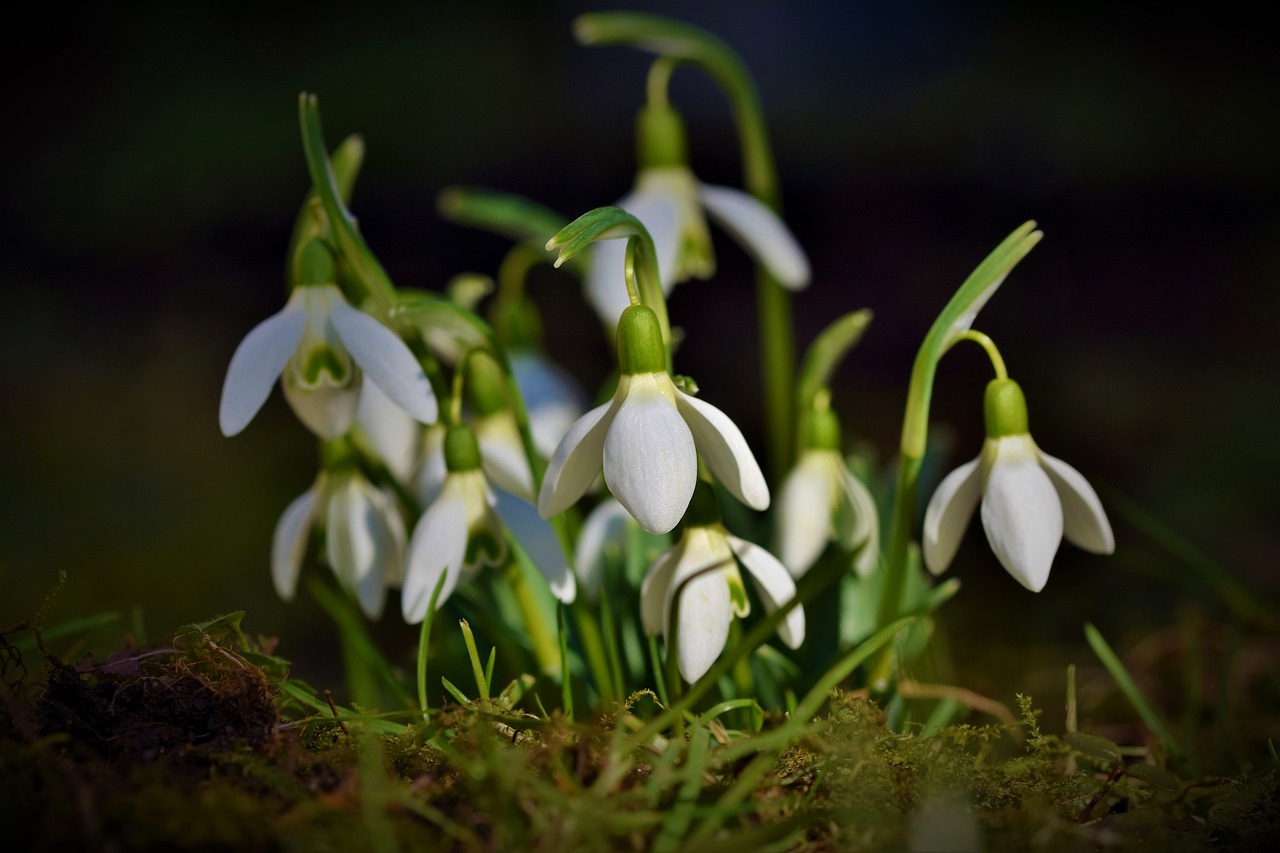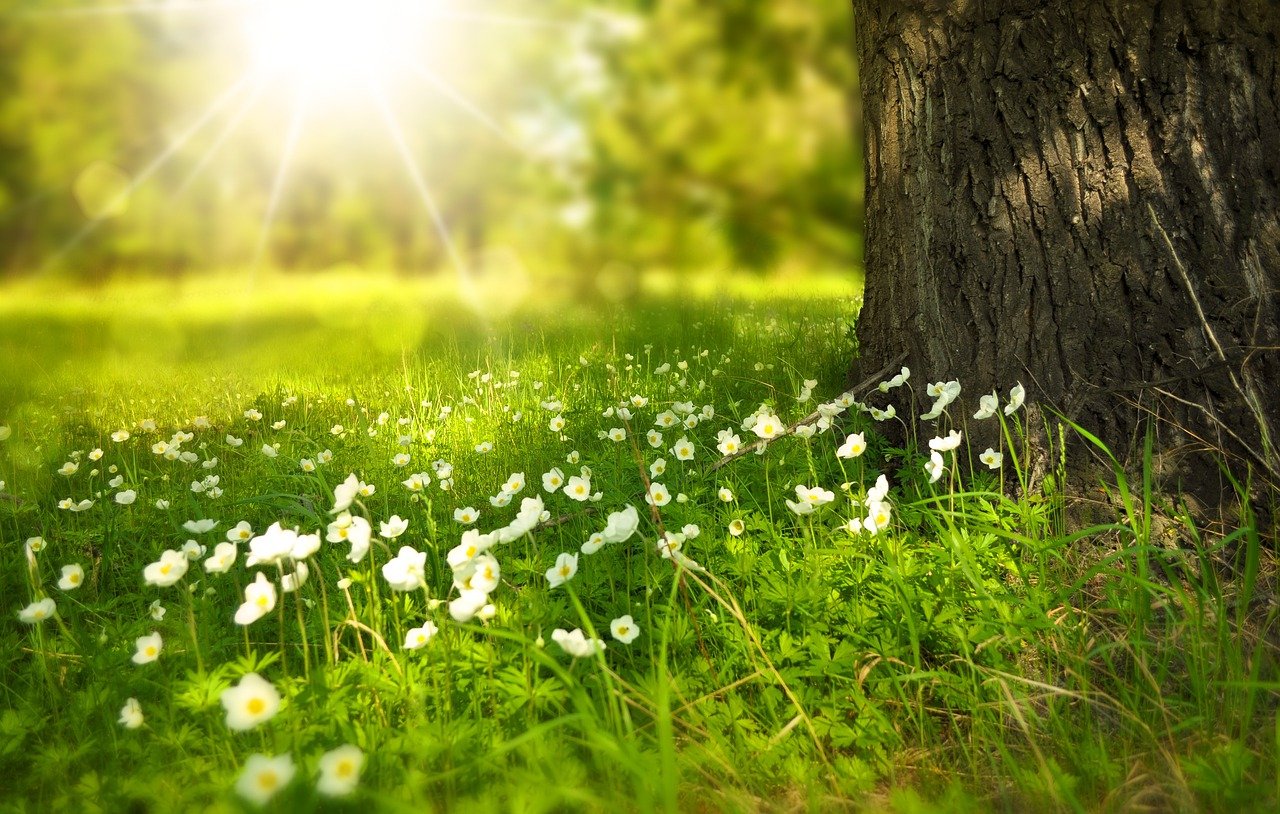We already know that gardening and tending plants is a great activity that benefits us personally in some amazing ways. Besides providing our neighbors and communities with aesthetically pleasing landscapes, our plants also affect the environment in some surprising ways.
This is important because within the past 50 years we have seen the average global temperature accelerate at the fastest rate since we began recording history. Unfortunately, this trend is only expected to keep increasing. Just consider that out of the hottest years, all but one has occurred since the year 2000!
While this news is a little overwhelming, we can take a little comfort in the fact that our gardens and plants help out the planet. Scroll through the list below of ten ways your plants save the environment:
1. Plants reduce levels of pollution and carbon dioxide.
Our plants naturally take in carbon dioxide and produce fresh oxygen in the process called photosynthesis. Carbon dioxide is one of the biggest contributors to the greenhouse effect which is causing global warming. Plants also remove dangerous chemicals, heavy metals, and bacteria from the air and groundwater.
2. Trees and green spaces reduce cooling costs.

In the United States alone, trees eliminate about 800 million tons of carbon. When we add up this impact, it saves about $22 billion in climate control costs. As an added bonus, all of our trees can reduce cooling costs in our homes by providing valuable shade.
This really adds up, because according to the Arbor Day Foundation one healthy tree’s shade saves the production of energy equal to running 10 room-size air conditioners up to 20 hours a day. If that isn’t caused to garden, note green spaces are often 3 to 4 degrees cooler in the day and up to 22 degrees in the evening than urban centers. Over time, our plants reduce our needs for electricity relying on fossil fuels and increase our home’s energy efficiency.
3. Can be turned into renewable products.
Our plants also provide us with renewable products that can be used for building or energy. Some good examples are bamboo, compost, hemp, and even ethanol.
4. Produces food locally.
One way we can significantly impact the environment with our plants is by growing our own products locally. Growing edible plants prevents shopping at grocery stores and the toll shipping, processing, and packaging take on the planet. Sometimes our food has traveled halfway around the world to our dinner plates. By eating locally grown produce, we can save a lot of energy, waste, and money.
5. Replenishes lost nutrients in the soil.

Over the years, many of our soils have lost valuable nutrients either through overgrowing of the same crops or by depleting the soil with overuse. We can use our plant choices to replenish these minerals to rebalance soil compositions. For example, flax and radishes provide great ground cover, and clover, beans, or legumes add back valuable nitrogen to the soil which is an essential nutrient for thriving plants. Over time, we can reduce the need for expensive and chemical fertilizers.
6. Reduces noise pollution.
Another way our plants can save the environment is by reducing noise pollution. Green spaces, plants, and trees absorb sound and can reduce interference from loud highways or railways by up to 10 decibels. This can prevent urban noises from disturbing our homes and wildlife.
7. Prevents erosion.
Erosion can be caused by a variety of conditions, but in the end, we are allowing our priceless topsoils to be carried away. Thankfully, we can use our plants to prevent erosion. This is a common ecological practice in land management and is relatively easy. We can choose native plants or ground cover that provide extensive root systems to hold the dirt and nutrients in the soil so they don’t wear away.
8. Provides sanctuary to local wildlife.
Our plants also help wildlife, reptiles, insects, and bees by providing food, places to hide from predators, and habitat. This is important because we can combat the impact of urban sprawl on our environment.
9. Plants provide herbal and natural alternative health remedies.
For centuries we have been using plants, flowers, and herbs for medicinal purposes. Looking for natural alternatives can prevent unnecessary energy use or chemicals contaminating our water and soil.
10. Our plants help foster eco-consciousness in others.
Green spaces have some very amazing side effects on people. Just being surrounded by plants and trees can make us feel better, reduce stress, and boost our mental health. However, access to nature and green spaces is shown to foster a better appreciation for the environment in our children. And, this will help future generations look for ways to save the environment.






